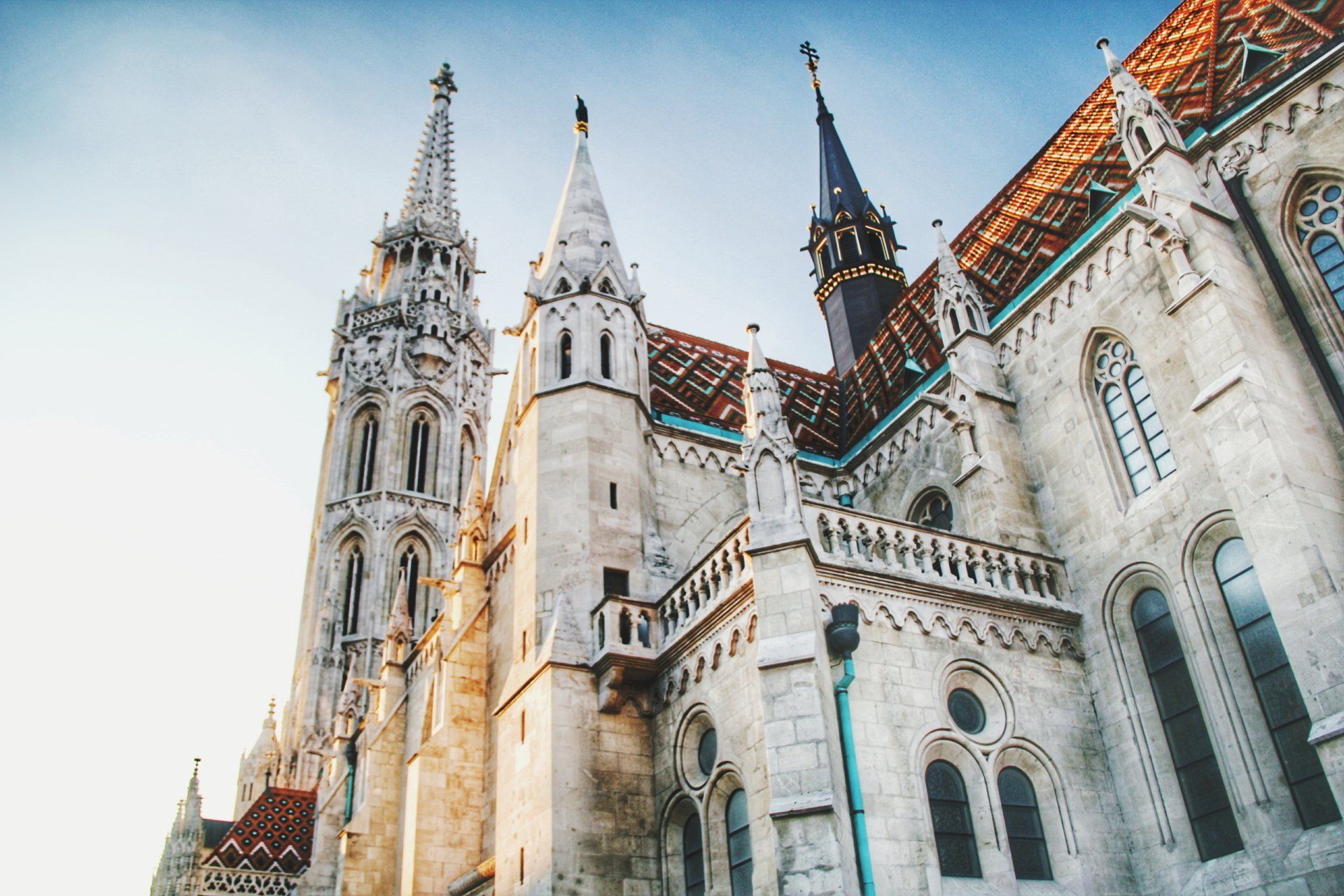Hungary
Hungary
Hungary, nestled in the heart of Central Europe, is a country steeped in history and rich in cultural traditions. Known for its architectural grandeur and a storied past that stretches back to the Roman times, Hungary offers visitors a deep dive into a unique European heritage.
Budapest, with its dramatic cityscape, is divided by the majestic Danube River into two distinct parts—Buda and Pest. Buda, with its hilly terrain, is all about winding streets, historical palaces, and thermal baths, while Pest boasts a vibrant cultural scene, bustling boulevards, and the iconic Hungarian Parliament Building.
The Hungarian spirit is encapsulated not just in its breathtaking sights but also in its traditions and festivities. From the vibrant folklore music and dance to the rich gastronomic delights, Hungary invites visitors to experience a lifestyle that celebrates both its past and its lively contemporary culture.
Hungary, nestled in the heart of Central Europe, is a country steeped in history and rich in cultural traditions. Known for its architectural grandeur and a storied past that stretches back to the Roman times, Hungary offers visitors a deep dive into a unique European heritage.
Budapest, with its dramatic cityscape, is divided by the majestic Danube River into two distinct parts—Buda and Pest. Buda, with its hilly terrain, is all about winding streets, historical palaces, and thermal baths, while Pest boasts a vibrant cultural scene, bustling boulevards, and the iconic Hungarian Parliament Building.
The Hungarian spirit is encapsulated not just in its breathtaking sights but also in its traditions and festivities. From the vibrant folklore music and dance to the rich gastronomic delights, Hungary invites visitors to experience a lifestyle that celebrates both its past and its lively contemporary culture.

Hungary, a land steeped in history and tradition, occupies a unique position in the heart of Europe. Known for its rich folklore and classical music heritage, Hungary is a cultural nexus where the influences of Eastern and Western Europe meet.
Hungarian culture is rich with traditional music, dance, and the visual arts, deeply influenced by a history of invasion and occupation that has fostered a resilient and vibrant local culture. Hungary has also made monumental contributions to classical music, home to legendary composers like Béla Bartók and Franz Liszt, whose works are celebrated in concert halls both nationally and abroad.
Culinary traditions in Hungary are robust and flavorful, characterized by a love for rich, hearty dishes and the liberal use of spices, most notably paprika. Hungarian cuisine is best exemplified by national dishes such as goulash (a spicy and hearty soup or stew) and pörkölt (a stew with a lot of paprika), and by beloved pastries like kürtőskalács (chimney cake).
Hungary experiences a continental climate, characterized by its clear distinction between the four seasons. Summers in Hungary are typically warm to hot, with average high temperatures in July and August ranging from 25°C to 30°C (77°F to 86°F). These months also bring the longest days, providing ample daylight for exploring the vibrant city streets and the lush countryside.
Winters in Hungary are cold and damp, with January being the coldest month. Average temperatures during winter range from -1°C to 3°C (30°F to 37°F), but they can frequently drop below freezing. Snowfall is common, which blankets the cities and landscapes in a picturesque white but can lead to disruptions in transportation. Travelers planning to visit during these months should pack warm clothing, including hats, gloves, and scarves, to stay comfortable, especially when participating in outdoor winter festivals or exploring the scenic Christmas markets that brighten the Hungarian winter.
Spring and autumn are mild and generally considered the best times to visit Hungary. These seasons offer a pleasant climate with less rainfall and moderate temperatures, ideal for sightseeing and enjoying the natural beauty of the country. Spring sees the landscape come alive with blooming flowers, while autumn features beautiful foliage, particularly in the hilly regions around Budapest and the northern part of the country.
Currency: Hungarian Forint (HUF)
Time Difference: GMT +1 hour (GMT +2 hours during Daylight Saving Time)
Estimated flight time: Approximately 2.5 hours
Visa: Hungary is part of the Schengen Area; non-EU citizens may require a visa.
Spoken Language: Hungarian is the official language; English is widely spoken in tourist areas.
Tipping Culture: Tipping is customary in Hungary. It's usual to leave about 10% of the bill in restaurants and for services.
Our Holiday Destinations
New paragraph
Budapest
Straddling the majestic Danube, Budapest enchants with its historic charm and vibrant cultural scene. Explore the Castle District, soak in the famous Széchenyi Thermal Bath, or cruise along the river for breathtaking views of the city's iconic parliament and bridges, all illuminated against the night sky.

